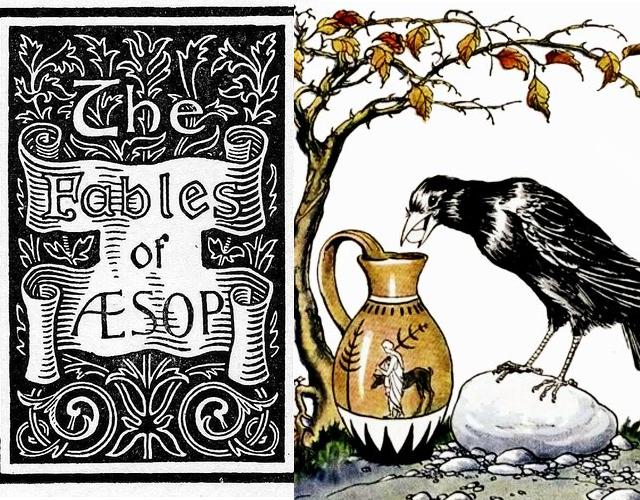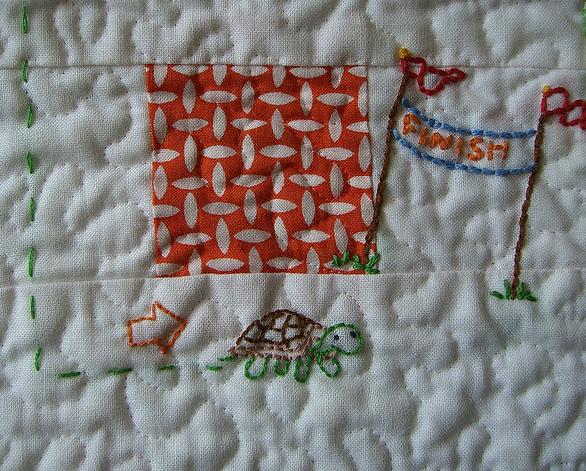Have you heard the fable of “The crow and the pitcher” where the thirsty crow gets the water level in the pitcher up by filling it up with stones? This story teaches us “Necessity is the mother of invention”. There is another one about “The tortoise and the hare” where both the animals decide to get into a race. Contrary to the expectation of swift hare winning the race, the unhurried tortoises wins. So it is said ” The slow and steady always wins the race”. I must have heard or read these a hundred times.
Most of the fables that we read today were actually written sometime between 620 and 560 BC by a Greek slave named Aesop. He wrote hundreds of fables while he was in captivity. He keenly observed incidents around him and weaved gripping tales around them. In the end, he always added an intelligent advice.
Collection of fables written by Aesop is commonly known as Aesop’s Fables or the Aesopica.
Aesop’s fables from Greece and Jataka Tales and Panchatantra from India have many stories in common. The details sometimes differ widely. For instance, the fable of ‘The Wolf and the Crane’ is told in India as a story of ‘A Lion and another bird’.
Therefore, some historians debate whether, in ancient times, the Greeks learned these fables from Indian storytellers or the other way round.
Well it does not matter who wrote them first they are wonderful stories!!







Leave a Reply